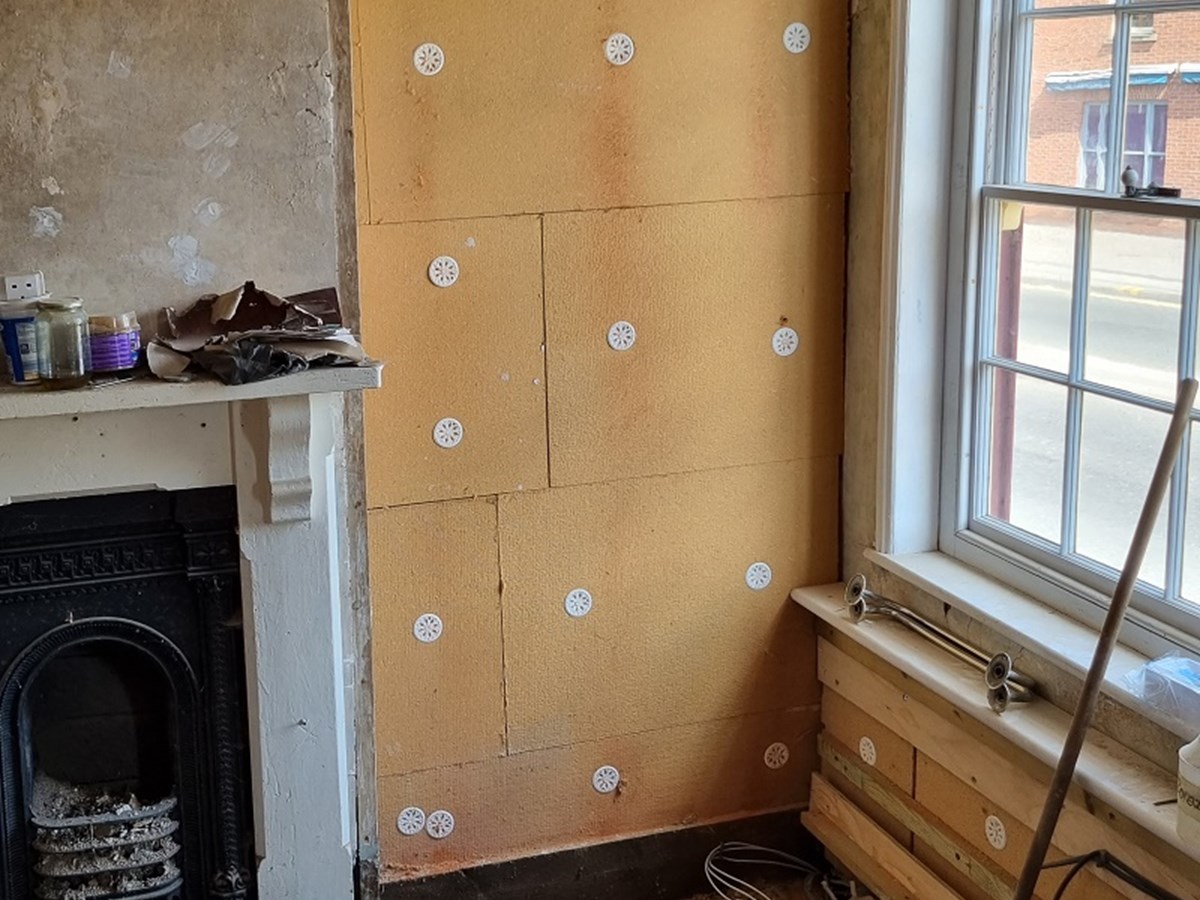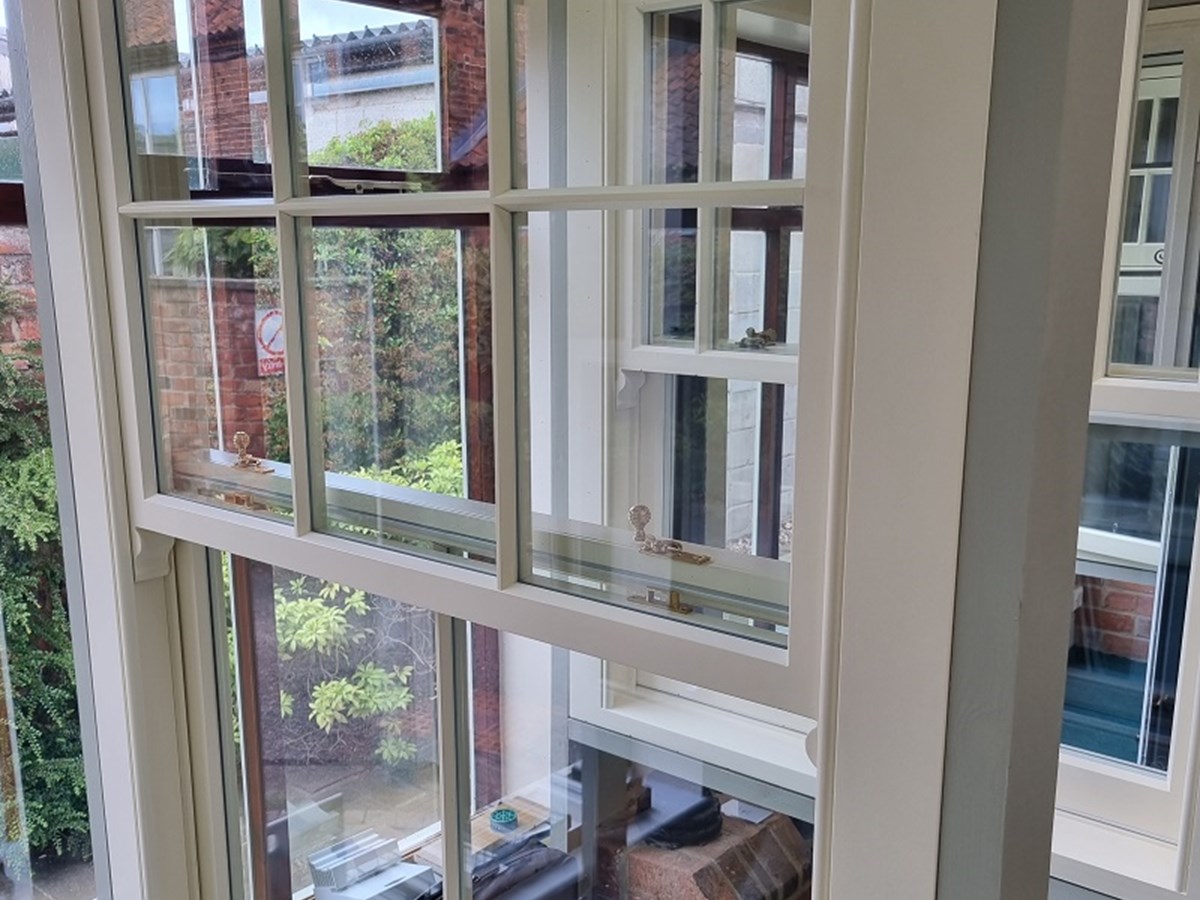 Oliver Scott MRTPI has worked in local authority for 18 years, specialising in heritage and urban design. He is a Planning Aid England casework volunteer and also helps deliver PAE’s email advice service.
Oliver Scott MRTPI has worked in local authority for 18 years, specialising in heritage and urban design. He is a Planning Aid England casework volunteer and also helps deliver PAE’s email advice service.
In the world of heritage conservation, the desire to preserve our past is often in tension with modern perceptions of living standards. Thank goodness the age of the outside toilet has disappeared, but there are still challenges in how we repurpose and improve historic buildings without harming their significance. Double-glazing has long been an issue for listed building owners for example. The recently published consultation by Government on adapting historic homes for energy efficiency looks at some of these barriers. Retrofitting old buildings is a whole other blog, but today I’d like to focus on an issue raised by some casework that I undertook recently as a Planning Aid England (PAE) volunteer.
One of the most rewarding aspects of being a PAE volunteer is helping some of our most vulnerable communities understand the planning system and what’s possible. We try hard to be supportive at a human level and remove the perceived fog of regulation and planning judgments.
When an older couple living in a listed building recently approached PAE for assistance, it was clear they were in a precarious situation. Carrying out unauthorised works to listed buildings can be a serious matter, and not something PAE would encourage. Imagine for a moment, however, that you have an elderly relative living in a quaint but characterful historic building with ancient heating, draughty windows (falling out) and some of Grandad’s distinctive repair strategies - which have attracted the interest of the local planning authority…
When I first saw the photos of the property in question including the works that had been undertaken, I took a sharp intake of breath. With limited resources, limited understanding of the consent regime and limited patience for bureaucracy, the benefits of historic building conservation were clearly not top of the owners’ list of priorities. Correspondence was old school (everything carefully, painstakingly typed on an old-fashioned typewriter and sent by recorded delivery to PAE).
It is not easy to tell someone on a modest pension caring for an elderly partner that they really ought to get a conservation accredited engineer and architect before they go any further. Many long phone-calls later, with our best professional independent and impartial advice, it was hard not to reach the conclusion that the homeowners felt they were being forced from their home, a home, it is worth noting, that was not listed building when they bought it.
You would hope that property owners choosing to live in a designated heritage asset undertake some level of research or seek advice before they buy. This often suits the conservation agenda by potentially creating a subconscious affinity to your historic property from the outset.
Imagine however if you were living in your property in the 1970s or 1980s, your dream house, grand plans, and suddenly a letter comes through the door… BOOM: you’ve been ‘listed’.
I am hugely sympathetic to such owners. This was a period where listings were sometimes perceived to be a bit of a rush job, not always with the benefit of detailed consultation with owners prior to the Secretary of State signing them off. Thankfully the process today is much more democratic with a right to appeal and very detailed, forensic assessment of special interest.

Breathable products can be used to help with thermal upgrading

Vacuum glazing is a new method to upgrade period windows
The concept of listing was first set out in statutory terms in the “Mother of All Planning Acts” in 1947. During the Blitz, tough decisions on what buildings could be saved ended up on a ‘List’, hence the concept. It has evolved in some form or other since then and is currently enshrined in the Planning (Listed Buildings & Conservation Areas) Act 1990. The general idea is to preserve those buildings and not allow any harm to their special architectural or historic interest (including their setting).
Historic England rightly promote the potential value of the historic environment for its contribution to our knowledge and sense of identity, and because it helps to make places feel 'special'. Listed buildings are an important element of this equation. Finding pragmatic solutions to simple home improvement schemes should be simpler and easier. There is optimism with the Historic England consultation for a new Historic Environment Advice Note on Climate Change and Historic Building Adaptation.
With its 50 years of experience, and supported by volunteers with specialist expertise, Planning Aid remains well positioned to assist those with limited resources and/or accessibility needs who are trying to navigate the planning system, which, as the casework demonstrates, can include unforeseen complexities.


